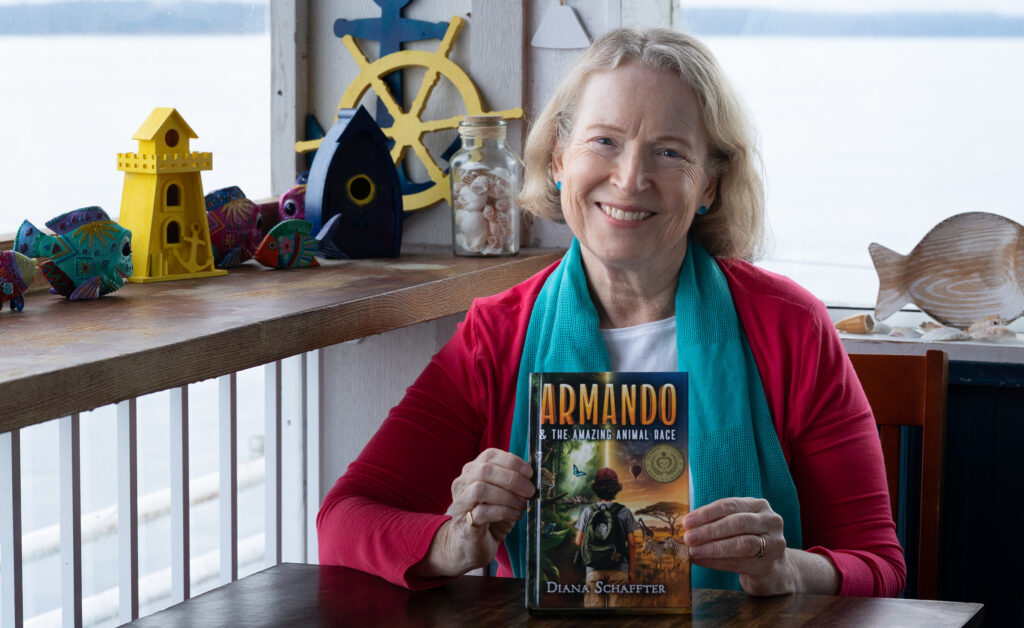by Trudi Jones, Trudi Jones Interiors –
Designing isn’t as simplistic as they make it seem on TV. It’s much more of a process and it requires much more communication.
When working with a designer, just how involved should you get? It is, after all, your home. A good designer knows the value of a healthy relationship between designer and client. The best relationship is collaborative; you have to mesh well.
Because you may be working together for possibly an extended time, you need to find someone you can trust to guide you through the process. Setting a budget and sharing it with your designer is fundamental in building that trust. A budget shouldn’t be a secret. Stick with a number so you know you can meet your needs within that parameter. It is also a good idea to incorporate a contingency amount in your budget to allow for unexpected costs or to splurge on something that you didn’t even know you wanted.
If a project will be carried out over several phases or room-by-room over time, it is very useful to be on the same page about the overall end result. Forecasting design for rooms you plan to do down the road will prevent a disjointed end result.
As the project develops, it is important to express your opinions. A designer should never push their agenda on you. The ability to listen is probably the most important skill a designer can have. Sometimes a client will have trouble expressing what they want; this is the time the designer will need to listen for clues regarding lifestyle, hobbies, interests and attachments to sentimental pieces. Sometimes knowing what someone doesn’t want provides a very good clue as to what they do want. Another valuable tool is using photos or online sites such as Pinterest or Houzz to find inspirational images so both the client and designer can have some visual reference for how the end result may look.
Be open to alternatives to your design ideas. Start with your favorite elements in mind, but be open to second choices. This may benefit you down the road.
Be careful when deciding to do aspects of the project yourself; always run it by your designer. Part of the expertise of a designer is knowing the most reputable suppliers and sub-trades that are best suited to your needs.
If the trust between designer and client is established at the start, the process should be incredibly smooth and you should feel that the end project is your vision. This is your home, with your personality. The best compliment a designer can have is the client saying: “You got it; this feels like my home.”




